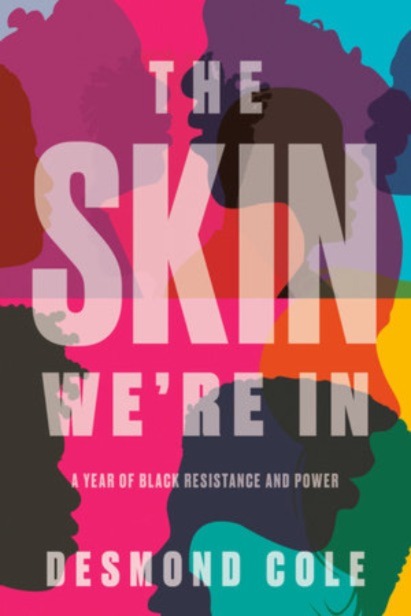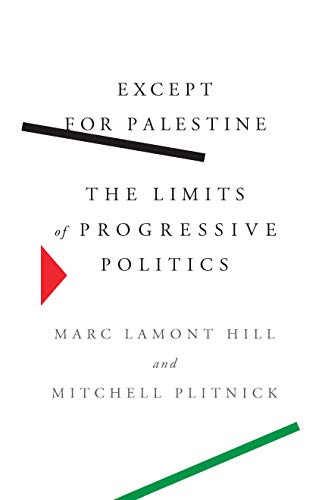Why Unions Matter, Michael D. Yates, Monthly Review Press, 1998, pp. 183, ISBN 0-85345-929-0
Michael Yates’ Why Unions Matter is a clear, concise and elucidating introduction to the history, structure and purpose of trade unions in North America, with a particular focus on the unions in the United States. Written by the editorial director of the Monthly Review Press himself, as well as a labour educator and a union member, the book represents an excellent resource for future union members and those seeking a basic, yet thorough understanding of trade unions. Yates accomplishes this with the academic rigour of a university economist, without the academic jargon that usually plagues expositions like these.
Yates begins from the beginning, setting the social context which requires the formation of trade unions. In a class-based society, divided between those who own the means of production and those obliged to sell their labour-power to survive, and in which the unequal power relations between the two favour the former, organized defence of labour rights becomes a necessity. By being able to manipulate labour, owners of capital can fashion the socio-economic system to benefit them. The way they benefit is by extracting surplus labour, meaning excess labour beyond that required for the reproduction of worker labour-power. In essence, workers are exploited. Trade unions, therefore, seek to redress this situation and defend the workers from the exploitation of their bosses. These attempts at collective defence could be traced back to 1806 in the US when a group of Philadelphia based journeymen began to organize against their masters demanding a fair wage. Two centuries from that date are punctured by glorious labour victories and uprisings, as well as episodes of horrific repression.
The formation of trade unions in the US is guided by the National Labour Relations Act, enacted in 1935, which gives the right to employees in the private sector to organize into trade unions and engage in collective bargaining and other forms of collection action, such as strikes. The Act forces the employers to bargain with the representatives chosen by the union and forms the National Labour Relations Board (NLRB), which adjudicates disputes between the two groups. Importantly, the Act only covers certain categories of workers and excludes others, such as those classified as supervisors or managers. Given that the employers have the power to classify their workforce, they have used this to prevent union organizing by classifying groups of workers under those categories; a practice which the US Supreme Court was only too eager to affirm. Furthermore, public sector employees are covered by separate legislation which places significant barriers to the effectiveness of their demands and actions. In his book, Yates solely focuses on trade unions covered by the Act.
Most unions are formed through representation elections, whereby a group of workers organizes and goes on a union drive to collect enough signatures to be able to petition the NLRB to hold elections. Workers doing the same type of work form a bargaining unit. These workers could choose to form an independent union or align themselves to an already existing national union, in which case they become their local branch. It is often better for workers to ally themselves to a national union due to the resources that then become available, which only strengthens their chances for successful organizing.
The value of Yates’ book goes beyond a mere description of the history and structure of trade unions but serves as a useful manual for organizing a successful union drive. He outlines various tactics that the employer uses to prevent workers from unionizing, as well as tactics used by groups of workers successful in their union drives. Forming a trade union is an arduous task that requires a lot of organizing, solidarity, engagement and persistence in the face of adversity.
Coming from a background favourable to trade unions and from a union family, the reader would expect Yates to gloss over criticism levelled at trade unions or dogmatically defend them. This would, of course, represent a wrong approach, because only by acknowledging their shortcomings can we hope to build a movement that truly defends and advances workers’ rights. For example, national branches and federations may suffer from a severe democratic deficit by removing the decision-making from the point of production up the bureaucratic chain of command. Instead of national unions acting on behalf of their rank and file, they form alliances at the behest of the class they are supposed to represent. This schism allows for trade union leadership to develop into labour aristocracy, susceptible to manipulation by the employers and the State alike in the advance of their interests. Yates correctly describes some of the most outrageous of these episodes when, for example, the leadership of the AFL-CIO was used to subvert communist organizing in Europe after World War II. Or worse still, the blatant racism and sexism that historically plagued most trade unions who refused to admit African Americans and other minority workers within their ranks. J. Sakai was one of the authors who outlined this problem in his Settlers: The Mythology of the White Proletariat, in which he argued that the whites can never be the proletariat because the main source of extraction of surplus labour were ethnic minorities. Global inequality and unrestrained capital mobility allow for the exploitation of the proletariat in one part of the globe to benefit another, thereby dividing the proletariat between the center and the periphery. While most trade unions focus on the local, the global working class would benefit from more international solidarity.
Yates only briefly addresses the aims of such movements like the IWW, who sought to create “one big union,” that would include all the workers irrespective of the type of their labour and the location of their toil. In so doing, Yates misses the main problem with trade unions as they are at present. They are inherently a defensive mechanism that persists within a given capitalist structure whose main goal is the defence of wage labour rather than its abolition. Their goals at present impose ideological blinders and inhibit the formation of class consciousness that would be a catalyst for the overthrow of capitalism. Nowhere is this more evident than in the lack of international solidarity between workers in different countries. Rather than being a vanguard party, trade unions remain beholden to capitalist class relations. In a way, trade unions prove the sterility of the working class in the neoliberal age. However, this does not diminish their importance for without them, the exploitation would be even worse. Trade unions have won important fights for workers and their systemic problem should not imply the need to render them useless.
Even though Yates does not necessarily develop on these points, he does ultimately sketch important tasks that lie ahead that revolve around democratization at the point of production and the socialization of the means of production, as well as the defence of hard-won concessions.
In an ideal world, the goal of trade unions would be their ultimate dissolution and the creation of a world where there would not be a need for one. Yates’ book is an incredibly important resource for workers and activists seeking to strengthen the movement and it is all the more necessary with the neoliberal onslaught that seeks to impose itself on them.




